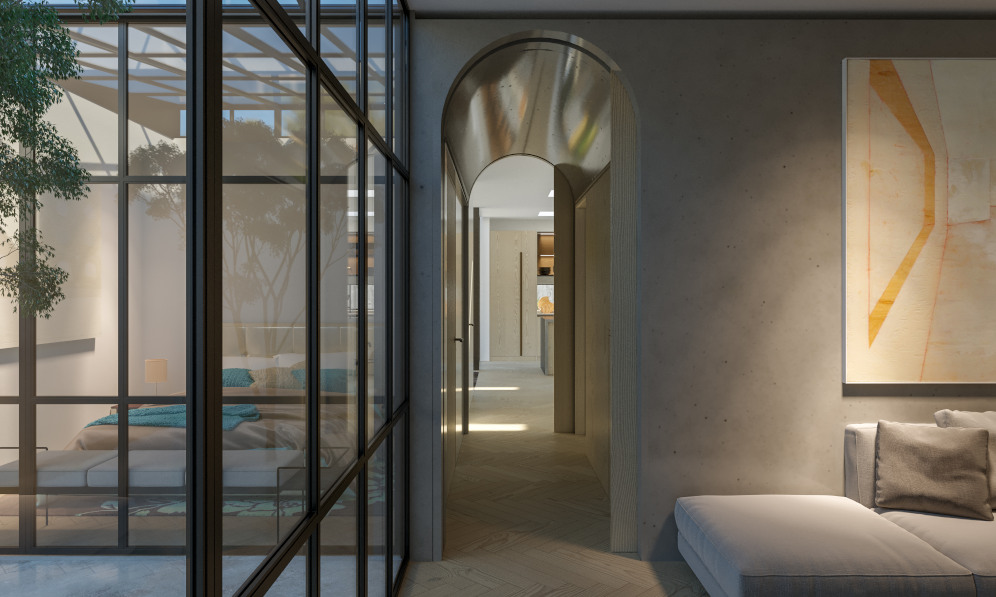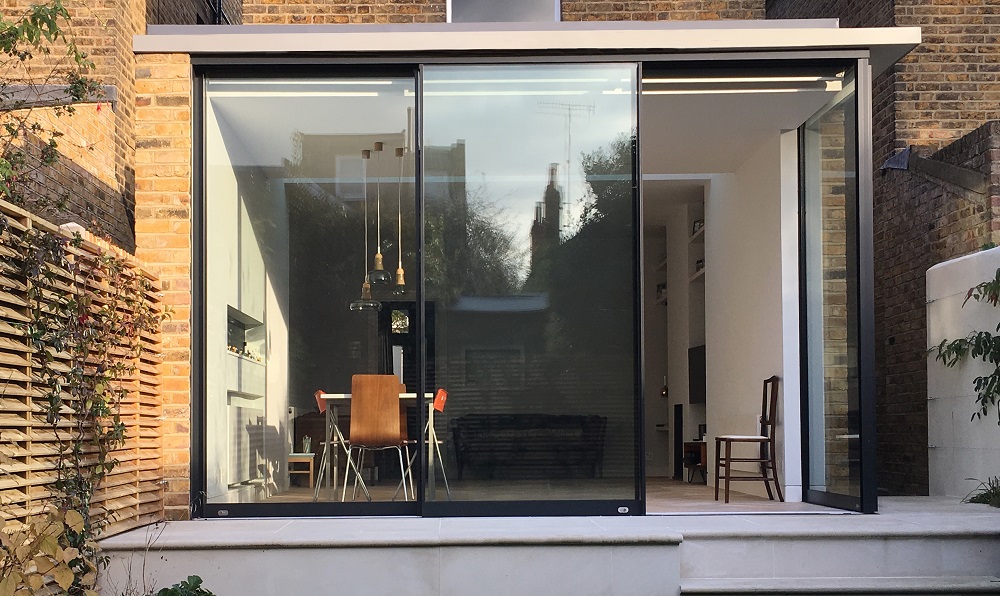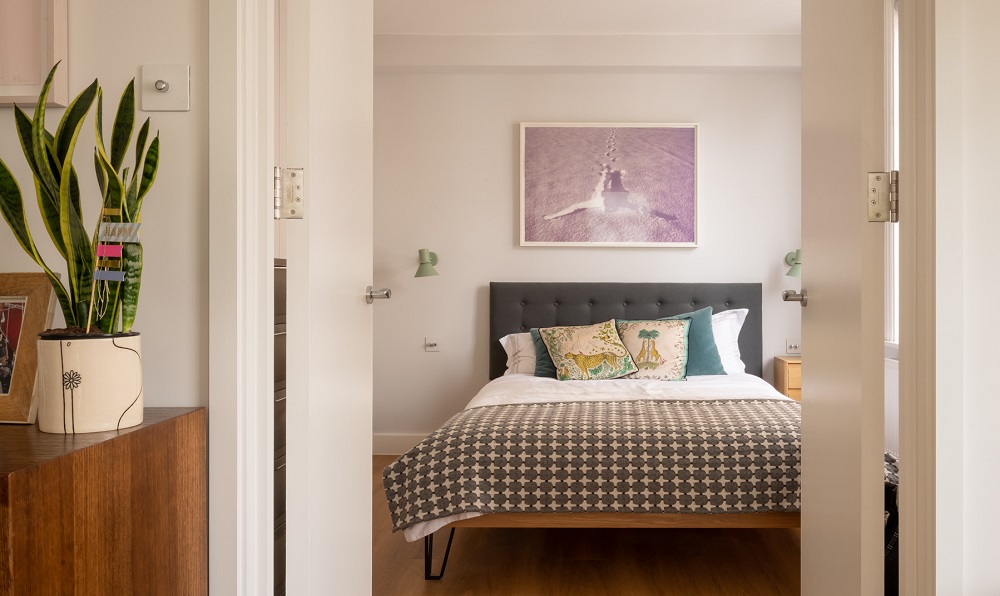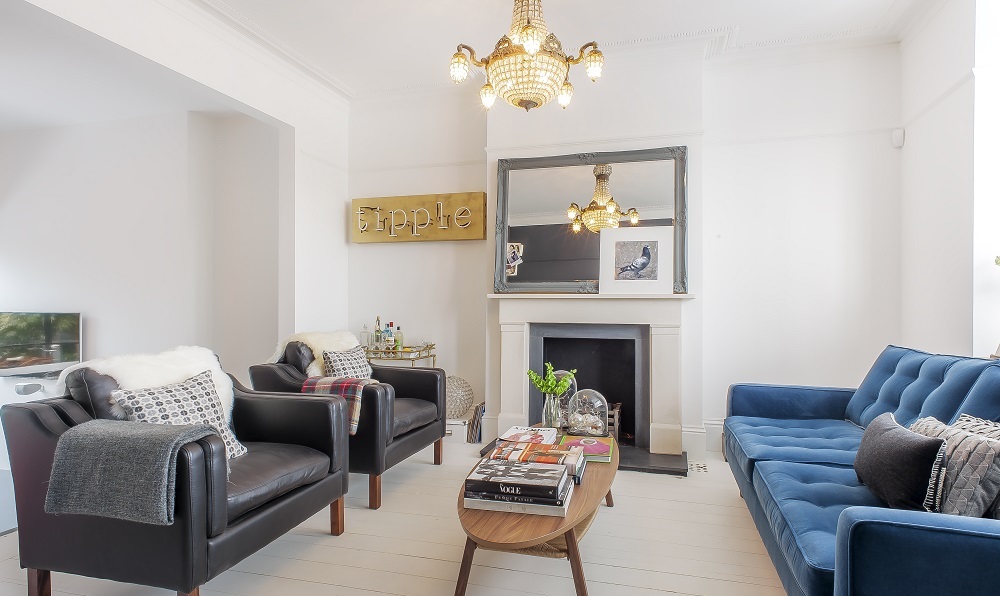
12 Architect Tips You Need to Know
12 Architect Tips You Need to Know
We chat to the best in the business when it comes to doing up your home
If you’re dreaming of making some big changes to your property this year, then you’ll need to do some serious planning before you call in the contractors. We got some architect tips from the pros on all the things to think about now.
L+ Architects (pictured above)
1
The scope of an architects’ service is a collaborative effort between the client and the architectural team rather than a finished product. The service spans from the brief development to post completion, and assessment of the use of the space.
2
There is a balance between costs, time and quality that needs to be addressed together with benchmarks, examples, and aspirations before starting the brief development. This is important and this approach will inform the design, procurement route and outcome of the project.

Sophie Bates Architects (Above)
3
Allow enough time. It’s likely you may only do this process once and it’s a large investment. Allow time for your architect to design a beautiful home. Not only will it get the attention it deserves, a fully designed project will give you cost certainty before the builders start on site.
4
Draw up a project brief. A good architect will help you with this. This shouldn’t be just a list of rooms but how you like to live.
5
Budget – be realistic and make sure you are budgeting for the whole project cost. This has to include VAT, fees and contingency.
6
Take time to find the right team. Speak to lots of different architects to find one you really get on with and can trust. Allow time at tender to find the right builder – good contractors are likely to be busy but it is normally worth the wait.

Adams + Collingwood Architects
7
The most important ingredient for a successful project is that the client and architect can communicate, verbally and via various mediums, we use hand sketches, 2D and 3D graphics – the process is intense and the better that relationship the easier the project. We know we are doing well when we can present a concept with 95% certainty the client will like it, and the client commits to us that they are happy for us to develop the design from there on, without doubt the client gets the best value for money when we understand their requirements and are allowed a certain amount of creative freedom.
8
Planning applications typically take eight weeks to decide, but we have found that many councils do experience delays in approvals. It is common for planning approvals to come with conditions which will need to be acted upon before building works can commence.
9
Be able to pay promptly (cash flow is key in the construction industry). Make regular payments to your contractor to ensure all professional services and materials are paid for and work can continue unhindered.

HollandGreen Architecture, Interiors & Landscapes
10
Work through as the client team what you want to achieve from your project, so that broadly you and your partner are on the same page. It’s the architect’s job to take the brief and come up with ideas and options, but they will design better if they can work to your agreed objectives rather than try to mediate and compromise between differing views, or even act as marriage counsellor at times!
11
Know your budget and be honest and realistic about what you can spend. Frank discussions with your architect regarding money will happen as your project develops, and it can be very disappointing to be shown designs or finishes that you love but are unable to do. Be open from the start and this will give your architect boundaries within which to work, making the journey much more comfortable.
12
We’re driven by asking questions and truly listening to our clients so we can design homes that match their lifestyles. Be ready to give the little details of your day-to-day lives, for instance, is it important to have breakfast in morning light looking out towards the garden? Is the kitchen the heart of your home or does your living room take centre stage? It’s with these insights that we can transform people’s lives by creating wonderful living spaces.
READ MORE
Plan a gorgeous garden room









